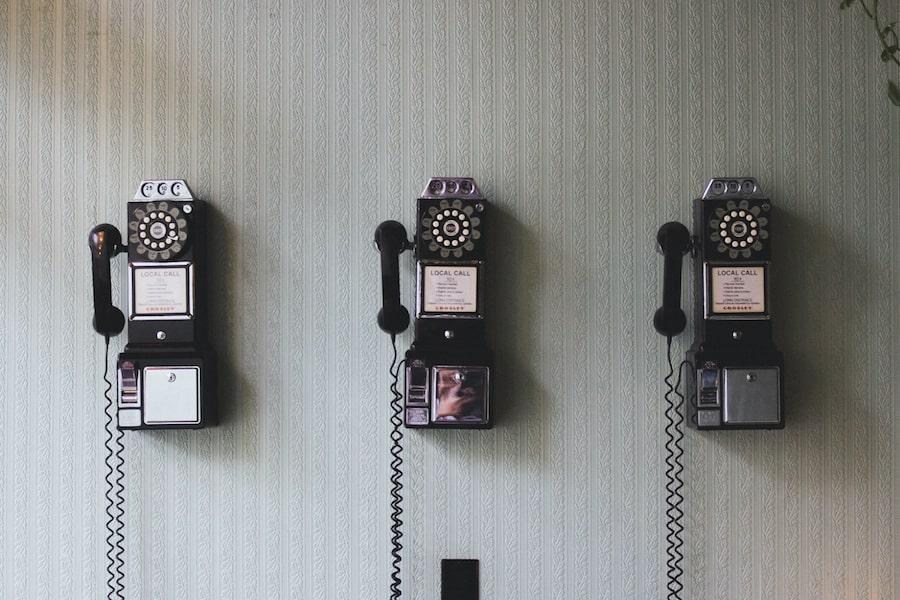Best Practices for Effectively Communicating with Your Association

Best practices to effectively communicate with your Association
Communicating with Homeowners and Residents
Running a Condominium Association or HOA is complicated. A successful HOA or Condominium Association is like a well-oiled machine: it requires constant attention. There are a lot of moving parts. The parts have to fit together perfectly in order to keep the order! The cogs and wheels have to work in conjunction with each other to result in a functional neighborhood operation.
One of the most important aspects of Association management is communication.
There can be a plethora of rules and regulations in place, but if the communication is flawed, larger-scale issues will surface. No matter how many updates and adjustments are made to HOA guidelines or practices, if they are not well communicated, they won’t make any difference. Your HOA or Condominium Association could suffer if communication issues are not addressed.
In some cases, good communication is the law! If the Association does not communicate certain information in a timely manner, they could be breaking the law. Florida law has specific stipulations regarding tenant and homeowner communication. Your Association and Board of Directors should be educated on these rules to avoid penalties.
Homeowner and renter communication policies for community Associations
In this article, we’ll share insight from our 30+ years of property management industry experience on communication. We’ll cover ways to effectively communicate with residents that could make or break the success of your HOA. (Or, check out this list of property management services and how we can help you develop your Association guidelines).
We hope you can put these tips to the test and improve your overall HOA communication procedures. This way, your Association can become a well oiled, well-communicated machine. Then, your neighborhood HOA will set the precedent for neighboring communities and attract new home buyers.
Digital Communication
- Email Communication
Email communication has quickly become one of the most effective means of communication with residents and homeowners in neighborhoods. It is a useful way to disseminate a lot of information in a short amount of time. Email lists also help simplify the communication process. Consider that by emailing the entire list of residents, you can effectively communicate important information in a timely manner. Almost all email clients offer Free account setup. So everyone can set up an email with just a few mouse-clicks.
Email communication is good for:
General news – share generic information, and news relevant to all residents at once. This is a way to open the channel of communication to a large group of homeowners at the same time. Newsletters are a great example of general news communication. Email makes a great platform to share these types of general information.
Updates and changes effective immediately – We’ve found that a
best practice for community communication for important updates and immediate changes is email. This way, most residents receive the information directly to a smartphone or device, almost instantly. Then, nearly the entire Association is on the same page about the updates as soon as possible.
Board Meetings – It’s a good idea to email residents to inform them (or remind them) of upcoming Board meetings, and after the meeting, inform them of the results of the meetings. Although attendance to Board meetings is typically only required for Board members, it’s good general practice and protocol to update all residents about results and decisions made in meetings. Bonus: Here’s a guide to taking effective meeting minutes.
- Online Portal
Another important way to communicate with your HOA or Condominium Association Residents is to use an online Resident Portal. This is a portion of your Association website. (Don’t have a community website yet? We can help!) This is a centralized space for homeowner communication to occur. Plus you can incorporate important features like:
-
-
- Online Bill Pay
- Online Documents
- Resident Bulletin Boards
-
Print Communication
Print communication to neighbors and residents is phasing out in our modern, technology-based world. However, our 30+ years of property management experience has taught us a few important ways to communicate with print materials that we still consider best practices.
It can be a good idea to print and mail the following pieces of information to individual residents (or all at once!) :
- Generic community information that is not immediately pertinent (think: events, general neighborhood, local news, friendly reminders, flyers)
- Welcoming new residents and informing them of rules (This should have already been done in person and via electronic communication, but an extra set of guidelines can always help)
- Newsletters (This can be done via email and in print, or exclusively one or the other)
Signage
Arguably the most important aspect of print communication is signage.
We suggest creating and using signs to inform residents of a few important pieces of information.
Post signs for the following communications:
-
- Upcoming Board meetings
- Closures
- Important immediate information or rule changes
This is a way to easily address and communicate to the entire Association immediately. Although email may have a similar effect, signage is a backup form of communication for any residents who do not regularly check emails.
What’s happening in your community?
Stay up to date with all residents! We hope these tips help your Association and Board navigate communication with renters and homeowners.
Our goal is to simplify your neighborhood management practices. This way, you can develop impeccable communication strategies and keep residents ‘in the know.’
If your Association needs further guidance in communication policies and strategies, give us a call. We’ll share our property management insight and help you develop a community that communicates like a well-oiled machine!